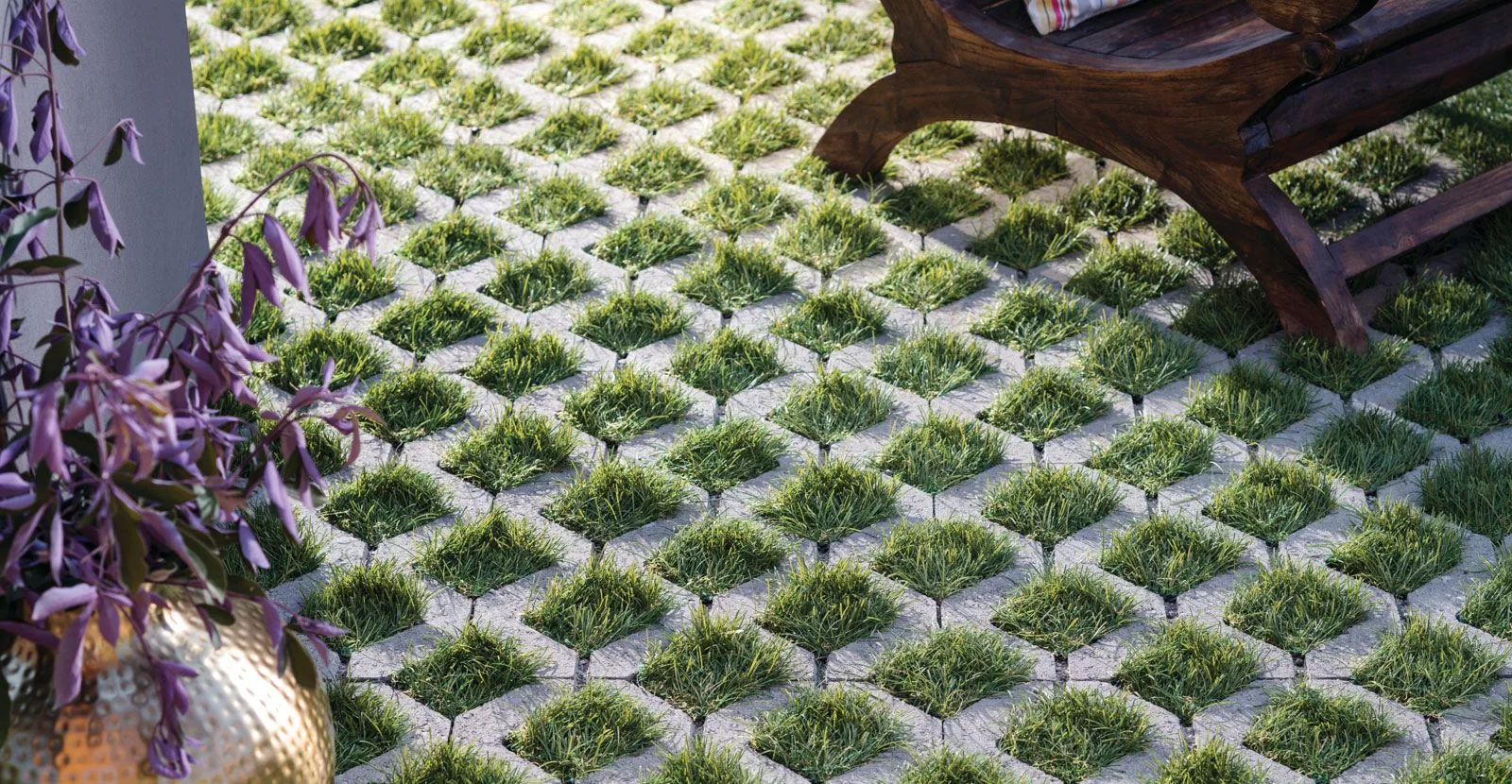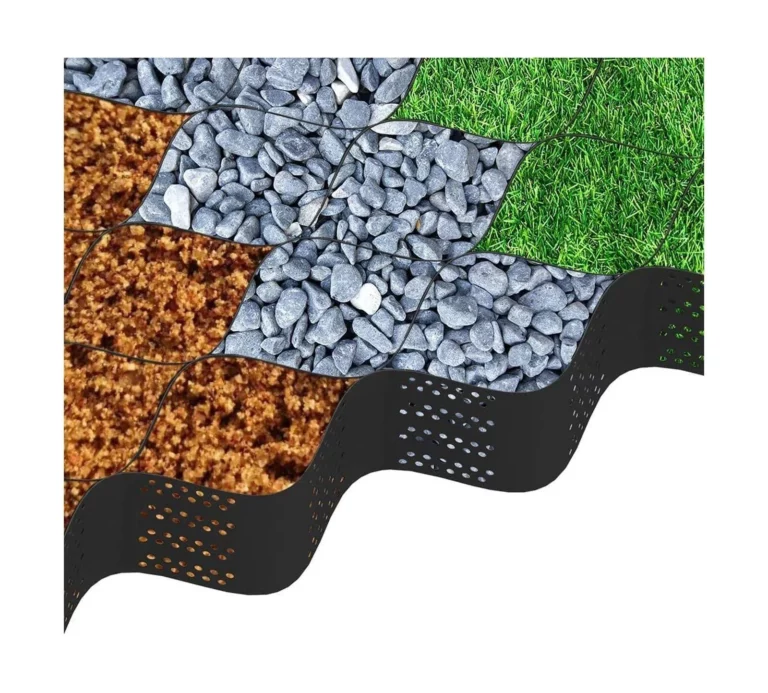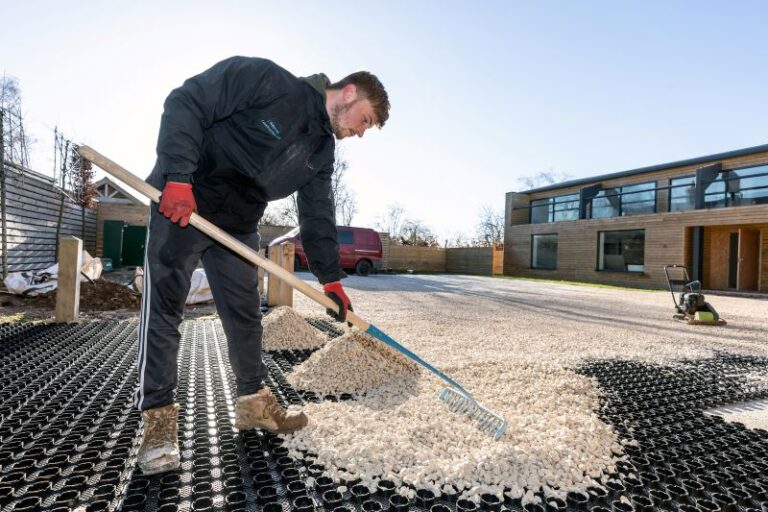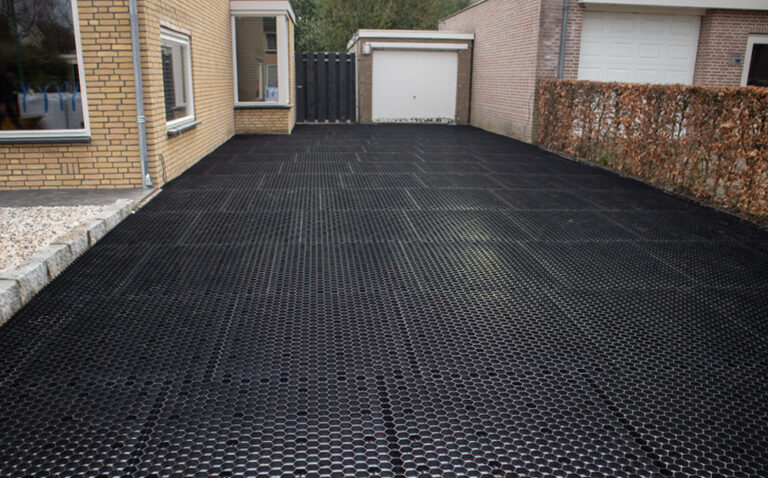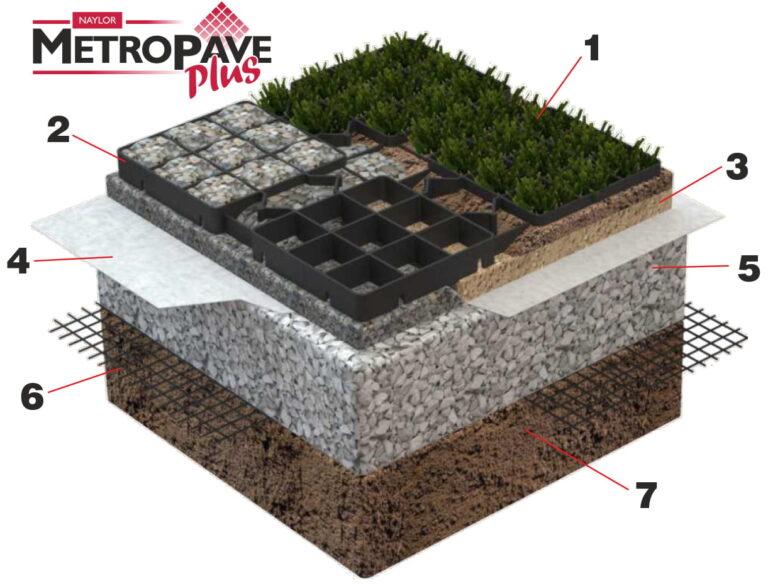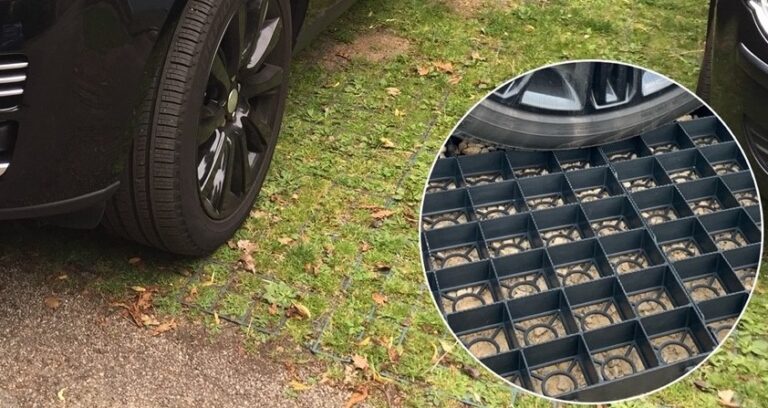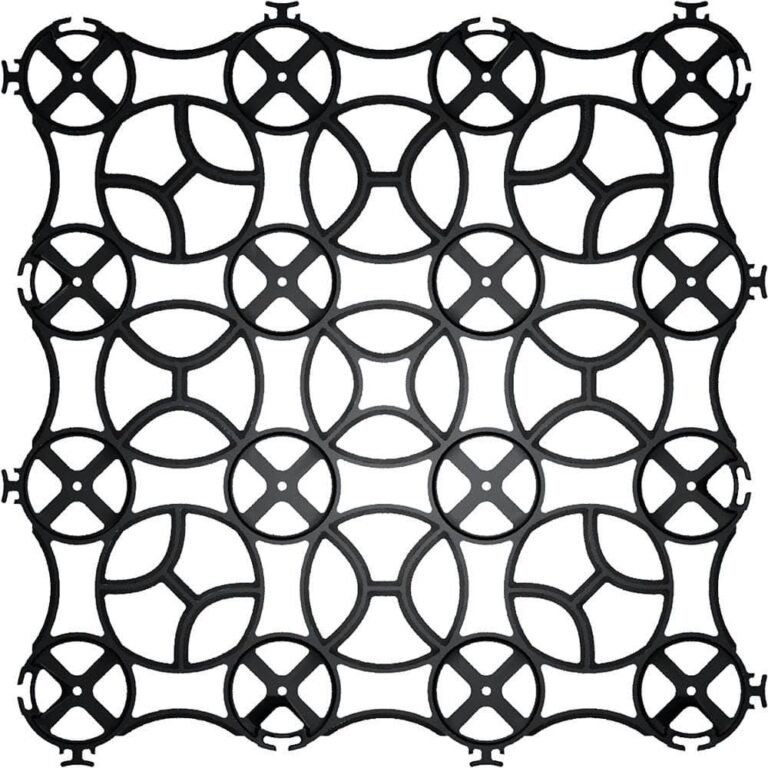Hexpave Driveway – The Eco‑Smart and Durable Driveway Upgrade
A hexpave driveway replaces traditional paving with honeycomb-patterned grid cells—filled with turf, gravel, or resin-bound aggregate—to create a strong, permeable, and visually appealing surface. Ideal for homes, commercial properties, and rural estates, this solution offers performance, sustainability, and aesthetic flexibility.
This in-depth guide explores hexpave driveways: what they are, reasons to choose them, product options, real-world applications, installation guidance, and FAQs—all designed to help you decide if a hexpave driveway is right for your project.
What Sets a Hexpave Driveway Apart?
Unlike asphalt, concrete, or traditional pavers, a hexpave driveway uses a grid system to support load while offering permeability. The hexagonal grid is laid over a compacted stone base, then filled with a choice of turf, gravel, or resin-bound aggregates.
This design creates a surface that prevents water pooling, controls erosion, and can harmonize with grass or stone accents. The structure supports vehicle weight while maintaining green coverage or decorative finishes.
Benefits of Choosing a Hexpave Driveway
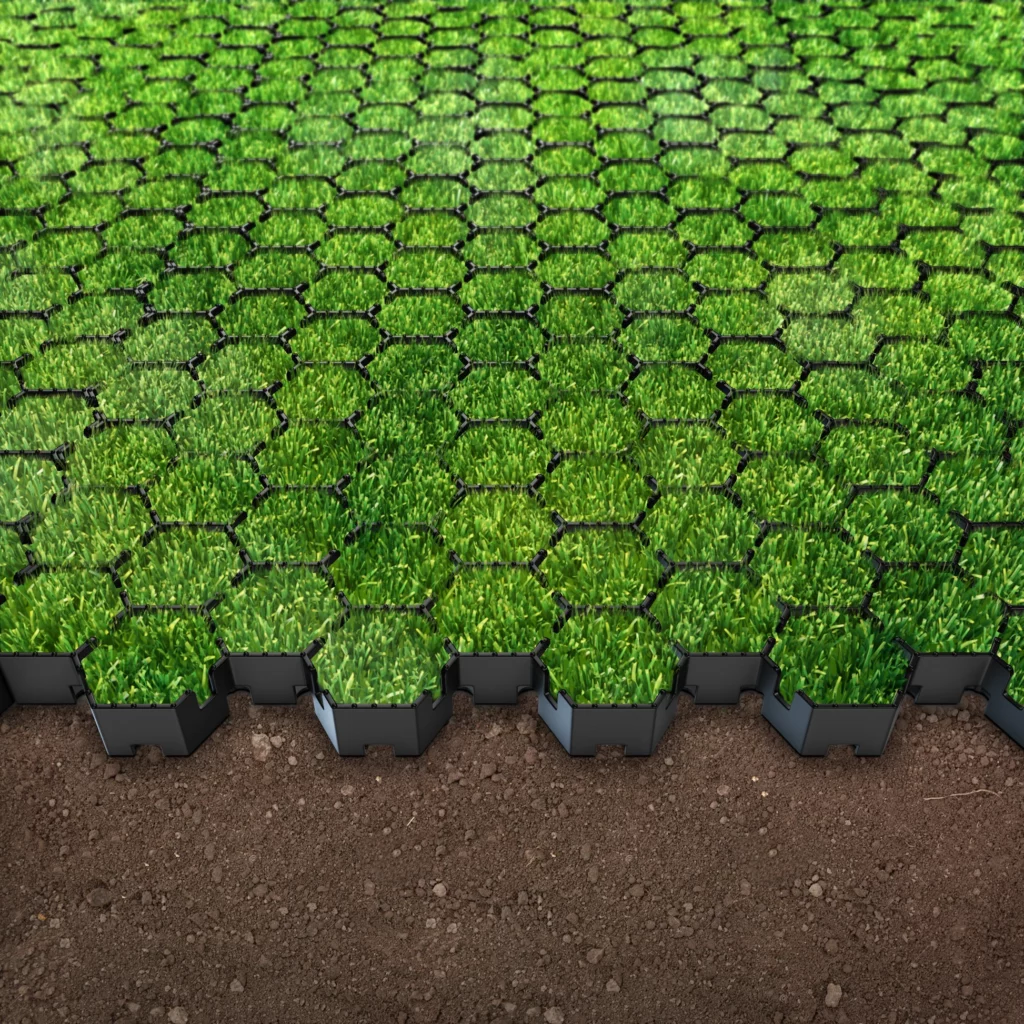
Exceptional Load-Bearing and Stability
Hexpave systems distribute weight pressure evenly across multiple grid cells. This prevents rutting and sinking over time, even under heavy vehicles like trucks or RVs. The interlocking grid keeps infill material contained, avoiding the displacement common with loose gravel.
Permeable for Stormwater Management
Unlike seal-coated driveways, hexpave surfaces let rainwater drain naturally into the ground. This reduces runoff, mitigates flooding risks, and often aligns with community requirements for permeable paving, making it a green and compliant choice.
Varied Aesthetic Options
Fill the hexpave grid with turf for a lawn‑like surface, gravel for a rustic driveway, or resin‑bound aggregate for a sleek, decorative finish. You can even mix and match within a single driveway for creative designs or designated zones.
Top Hexpave Products to Consider
Below are five products commonly used for hexpave driveway installations, each offering unique benefits:
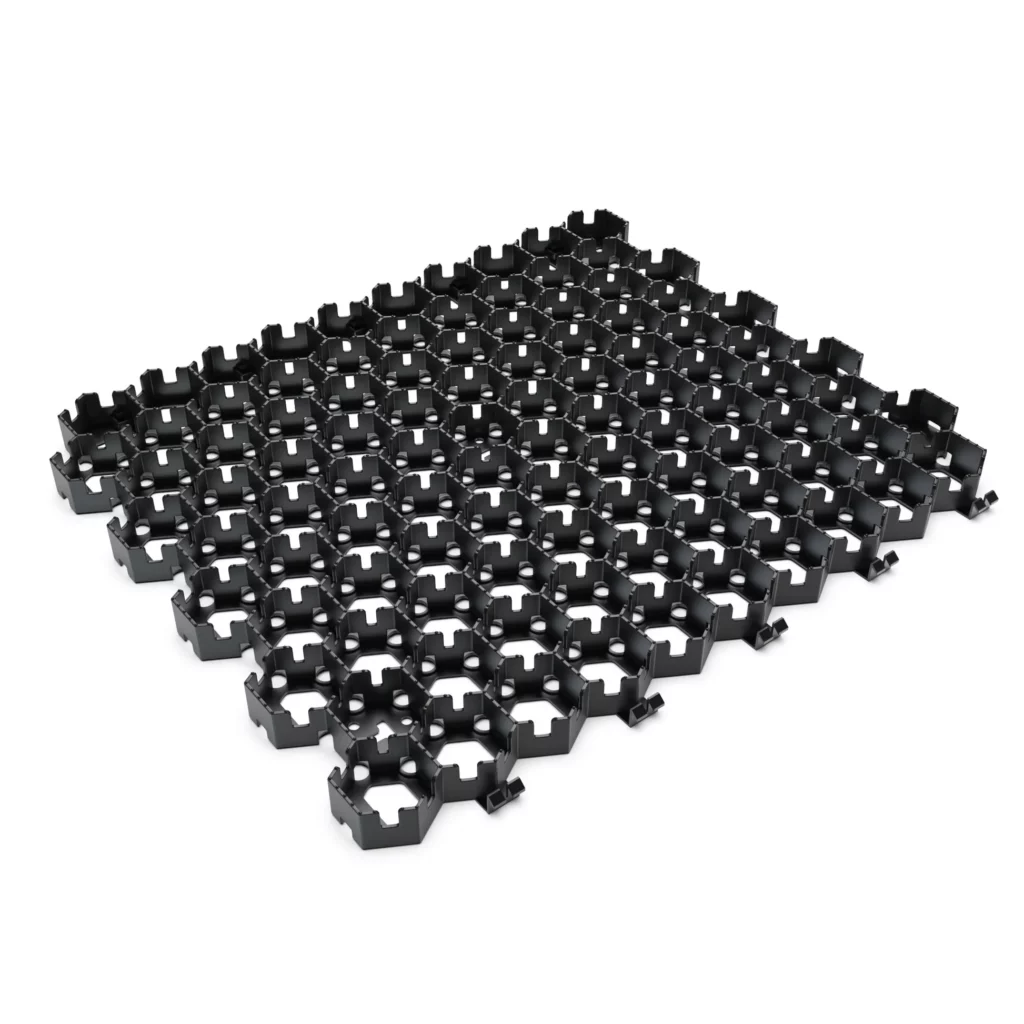
Hexpave Recycled Plastic Grid
A strong polymer grid system made from recycled material. It supports cars and small trucks, allows turf growth, and supports eco-conscious installations.
This product is UV-stable, easy to click together, and allows quick infill with turf or gravel for a clean, green driveway solution.
Hexpave Heavy-Duty Concrete Cell
Constructed from reinforced concrete, this grid handles heavier loads like delivery vehicles and farm equipment. It features integrated anchor fins to prevent shifting on slopes or heavy use.
Ideal for properties needing reinforced structure under heavy or daily-use conditions.
Resin-Bound Aggregate Hexpave Sheet
This product is a resin-bound surface pre-installed on the grid. It affords a flat, decorative look without the need for loose infill. It’s perfect for modern homes with upscale driveway designs.
Easy to clean and maintain, it preserves permeability while appearing like a continuous paved surface.
Grass-and-Gravel Paver Grid
A hybrid grid that supports two types of infill—turf and gravel—side by side. Great for driveways with parking bays on gravel and pedestrian paths in turf, offering functional separation and aesthetic variation.
This grid supports water infiltration, turf health, and durable gravel retention.
Slope‑Grip Hexpave System
Designed with extra anchoring ribs and base spikes, this grid stays locked in place on slopes and steep terrains. It works well with turf infill, preserving green coverage without shifting under grade angles.
Ideal for hillside access driveways or steep property slopes.
Real-World Installations & Problem-Solving Use Cases
Eco-Friendly Residential Driveway
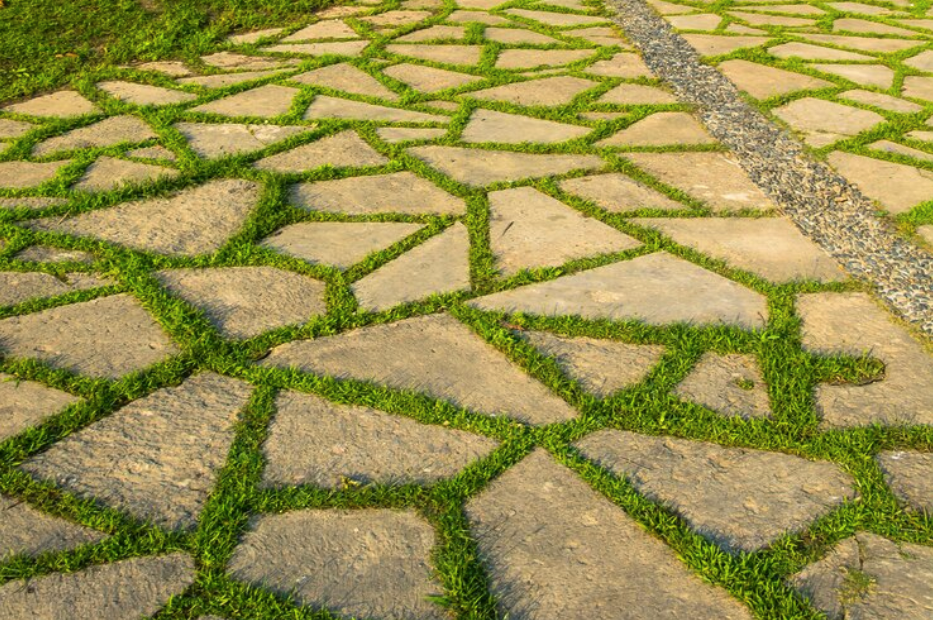
A homeowner in a suburban area replaced cracked asphalt with turf-filled hexpave on a 45° slope. The result: full grass recovery, no pooling after rain, and compliance with local runoff restrictions. Mowing and grass infill keep it green but functional.
ADA-Compliant Plateau Parking
In a commercial plaza, resin-bound hexpave was used near the entrance to provide a non-slip, solid yet permeable surface for wheelchair access. It blends with the concrete walkways and allows wheelchair-safe maneuverability.
Heavy Vehicle Farm Access
A rural proposal uses a heavy-duty concrete grid under barn driveways and RV shelters. The system supports substantial weight, controls gravel shift, and manages muddy conditions without erosion.
Decorative Gravel and Grass Contrast
A garden design firm created alternating gravel and turf hexapave patterns for a driveway extension. This setup provided parking and a garden walkway using the same pattern but different materials to define function.
Secure Sloped Emergency Lane
A forest-edge property installed slope-grip hexpave with gravel infill to meet the Forest Service fire-lane regulations. The embedded spikes kept the grid secure, and the permeable gravel allowed quick drainage after storms.
How to Buy and Install a Hexpave Driveway
Step 1: Measure and Plan
Calculate total square meters (or feet), then add 10% extra for cutting and error. Sketch zones for different finishes if needed—turf, gravel, or resin.
Step 2: Choose the Right Product
- Recycled plastic: lightweight, DIY-friendly, eco-conscious
- Concrete grid: heavy-duty, commercial-grade
- Resin-bound: decorative, low maintenance
- Slope or hybrid: specialized functional uses
Step 3: Prepare the Base
Excavate to about 150–200 mm (6–8 inches), compact clean stone (A3 or 3/4″ gravel), and add geotextile to prevent migration of the subsoil.
Step 4: Lay Grids and Fill Infill
Snap grids together, level each panel, and fill with chosen material. For turf, compact soil and seed or lay sod. For gravel or resin, follow the manufacturer’s specifications and finishing instructions.
Installation Options: DIY vs Professional
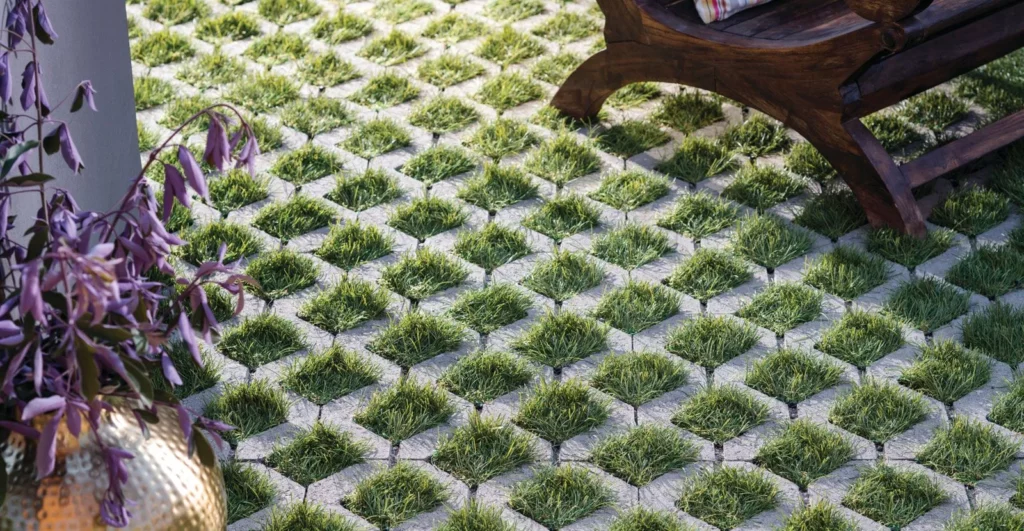
Plastic and gravel grids are often amenable to DIY installs. Concrete and resin systems require professional assistance for proper compaction, surface leveling, and finish application.
Where to Purchase
Available through landscape or driveway supply centers, specialized hexpave vendors, and online retailers. Check for local resellers who can provide delivery and installation support.
Suggested Quick Links:
- Buy Plastic Grid
- Order Concrete Grid Packs
- Purchase Resin-Bound Hexpave Panel
Frequently Asked Questions
Q1: Can hexpave driveways be plowed in winter?
Yes. For gravel or resin finishes, use plastic or rubber plow blades to avoid damaging the grid. Turf infill tolerates mowing, but plowing can snag grass—consider edging or removable snow guards.
Q2: What maintenance is required?
Grass infill needs mowing, occasional reseeding, and edging. Gravel may need a top-up every few years. Resin-bound surfaces require annual pressure washing but no refills.
Q3: Are hexpave driveways cost-effective?
The initial cost is comparable to medium-grade pavers or concrete. Over time, savings in stormwater control, low maintenance, and longevity provide strong value, especially with eco-grants in some regions.
With this complete guide, you now have a clear understanding of what a hexpave driveway is, why it’s a smart choice for durability, aesthetics, and sustainability, and how to select the right materials or hire professionals. This versatile system offers long-term performance and curb appeal for homes, businesses, and environmentally conscious properties.
